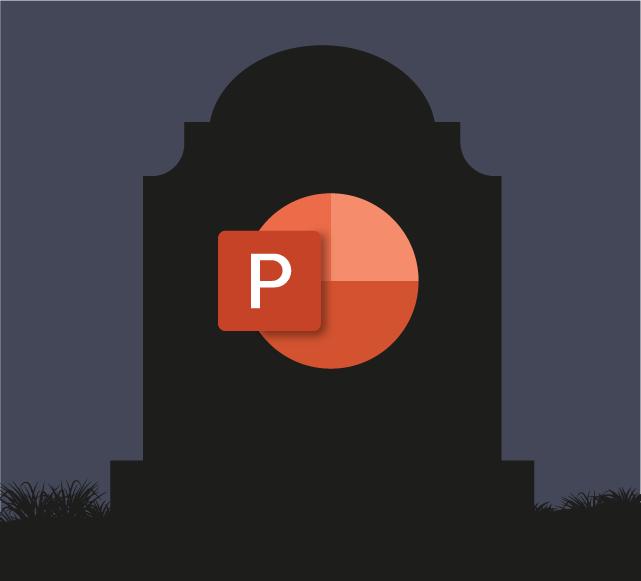
Graphic Design – From Cave Paintings to Emojis
In our previous blog we looked at how the graphic design world went from a cave painting of a cow to a pub sign of…erm… a cow. In some respects, you might think that wasn’t a massive leap. However, the twentieth century saw the most significant advancements in graphic design.
Art Nouveau kicked off in 1890. The Tate Museum website uses the phrase “characterised by sinuous lines and flowing organic shapes based on plant forms”, but then they would. You could probably summarise it with one word: swoopy. Lots of swoopy lines and bold colours. It became a hugely popular movement that inspired architecture all over Europe. Unfortunately, Art Nouveau became another casualty of the first world war and died out before 1920.
Fortunately, another movement was underway. Bauhaus.
Not the Microsoft Font or the pioneers of goth rock in the 80’s, the Staatliches Bauhaus was a German art school which ran from 1919 to 1933 before the Nazi party ordered it to close. Apparently, their modernistic views were seen as too left-wing by the Nazi regime. Although you could argue that, compared to Hitler, most views were left-wing. But that’s probably another blog for a different author to create.
The main characteristics of the Bauhaus style can be seen in many examples of today’s graphic design. Simple palettes using primary colours or black and white, collage graphics, and minimalistic type fonts are typical features. The iPhone is probably one of the most relatable Bauhaus-inspired designs of recent times using clean lines, minimalist icons and primary colours. In fact, Jonathan Ive (Apple’s head of design) acknowledged his inspiration from the Bauhaus movement.
To get a better idea, mymodernmet.com reimagined some of today’s most recognisable brands in a Bauhaus style. Check them out here https://mymodernmet.com/bauhaus-logos-99-designs/
When the school closed in 1933, many of the leading members moved to the United States and continued their work, of which many examples live on. The Institute of Design which became part of the IIT (Illinois Institute of Technology), Black Mountain College in North Carolina, the Harvard Graduate School of Design, and the Aspen Institute all owe their roots to the Bauhaus movement.
No discussion on the history of graphic design would be complete with talking about Paul Rand, whose work lives to this day. During the 1930’s he developed his style working on magazine page layouts where he turned (often) mundane photos into engaging Bauhaus-inspired art.
During the 1950s Rand brought his version of modernism into the public domain. Inspired by European abstract art, Bauhaus, and asymmetrical styles, he created logos for some of the world’s largest brands. The IBM, Westinghouse, and UPS logos you see today are practically unchanged from those he created in the ’50s. He didn’t just make nice logos, he created the idea of a corporate brand. A concept that grew exponentially through the following years and provided the foundations for the marketing companies we see today.
From the 1970s, we move into the era of post-modernism, which covers many trends in art, culture, and philosophy. If you want a simple definition of post-modernism, good luck. There’s about a 947,000,000 on Google. My favourite one is that it’s a buzzword that doesn’t really mean anything! Essentially it’s a kind of rebellion against modern ideas and questioning authority. Good examples to illustrate it are Andy Warhol, David Hockney, and Roy Lichtenstein. These artists made their names in the style that became known as Pop Art and made another stepping stone to the current day.
There’s a great line in Shakespeare’s The Tempest which says “What’s past it prologue.” This is so true when you look at how we’ve arrived at graphic design in 2020. All the movements from 1890 have paved the way for the digital artwork that’s all around us today.
Many people think that digital art started in the ’80s, but its origins go back to the 1960s when pioneers like John Whitney first started playing with mathematical functions on computers to create digital pictures. The idea of using technology to develop graphics gained traction during the 1970s and 1980s until the arrival of Adobe Photoshop in 1990.
This piece of software has become so ubiquitous it has turned into a verb. “Oh, I’ll Photoshop that out,” is one of the most used phrases in digital design, probably. Advancements in computer hardware and software through the 1990s and 2000s have brought us to our current position.
Wherever you’re reading this article, look around you now. Whether you’re on a train or sitting in an office, you’ll find examples of some or all of the art movements of the 20th century everywhere you look. Look at the apps on your phone. Art is everywhere. Graphic design is part of our everyday lives.
Where will it go next?





